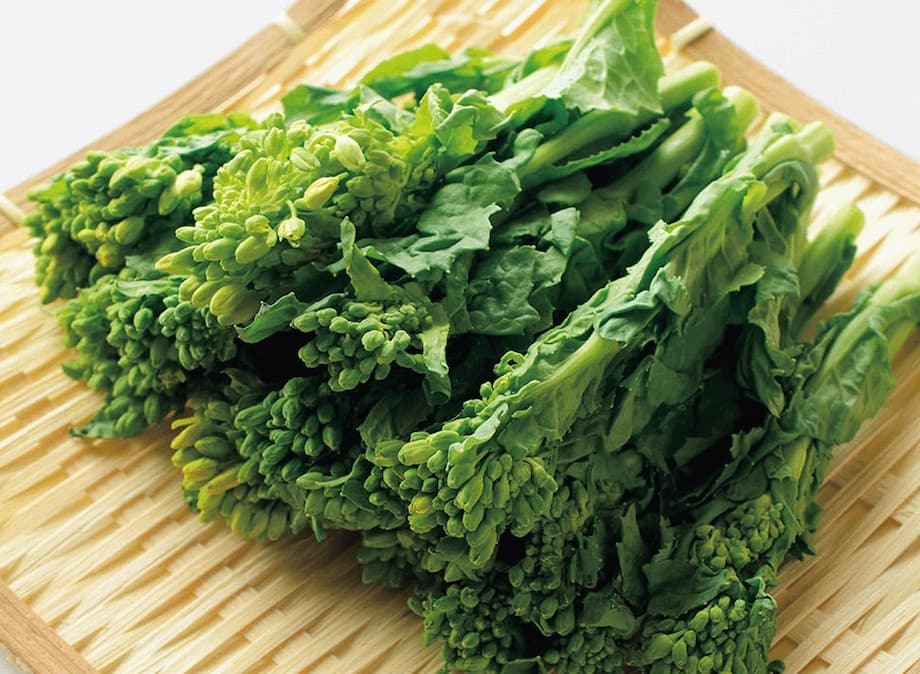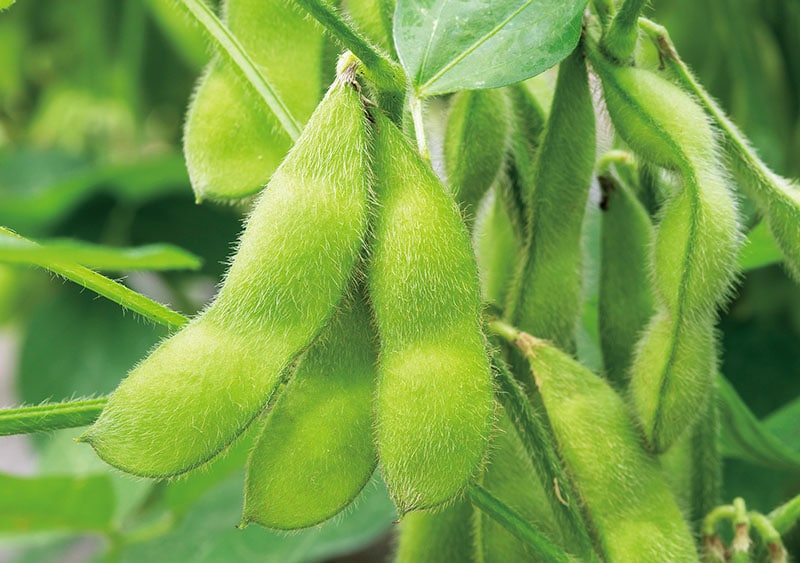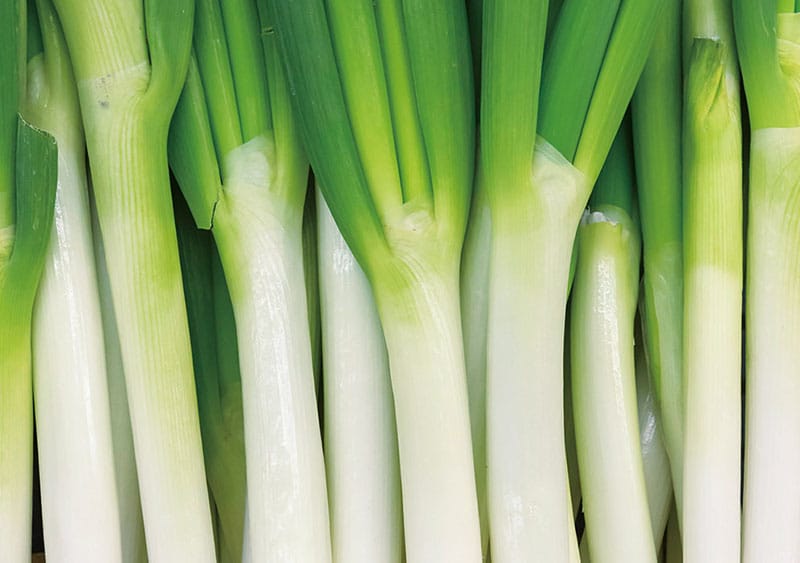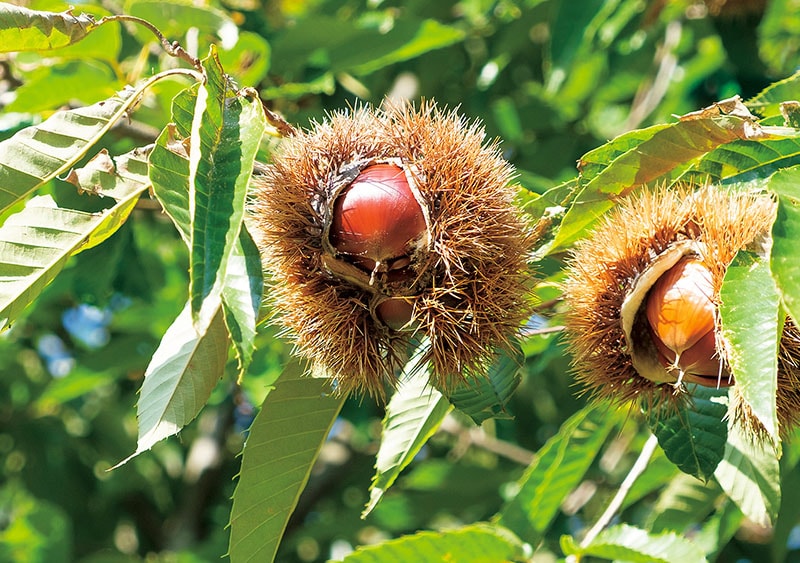
Kuri Japanese chestnuts come into season during autumn in Japan. Japanese kuri have a long history in this country, where it is estimated that chestnut trees have been a source of food since around 5,500 years ago. Prior to the introduction of rice, kuri and acorns were at one time important sources of nutrients in Japan: kuri are rich in vitamin C, potassium and dietary fiber, and their astringent skin contains the antioxidant tannin. Japanese chestnuts are larger in size with a higher water content compared to other global varieties, and are more suited to boiling than roasting.
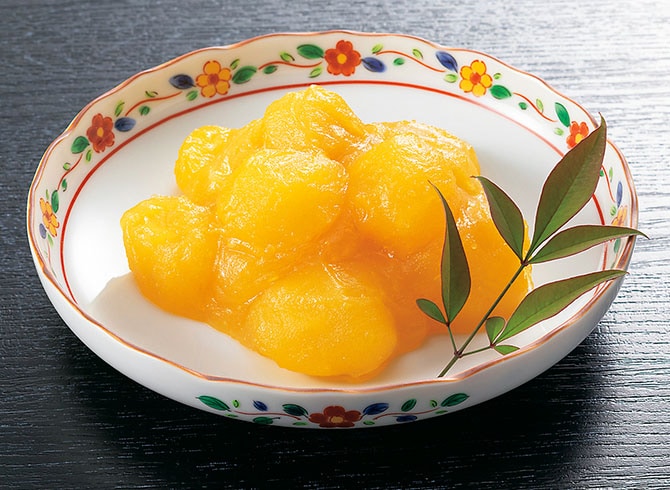
Chestnuts appear in a wide range of Japanese dishes, from savory to sweet. Autumn menus typically feature aromatic kuri gohan rice cooked with chestnuts. During the New Year, the traditional dish kuri kinton symbolizes wealth and fortune for the coming year. Its golden yellow color is made by boiling sweet potatoes with gardenia fruit, which are mashed and cooked with sugar to make a paste before mixing in sweetened chestnuts. Sweetened kuri, made by stewing peeled and boiled chestnuts with sugar, are also used whole or as a paste in various wagashi, such as kuri manju soft buns and kuri yokan red bean paste jelly.

